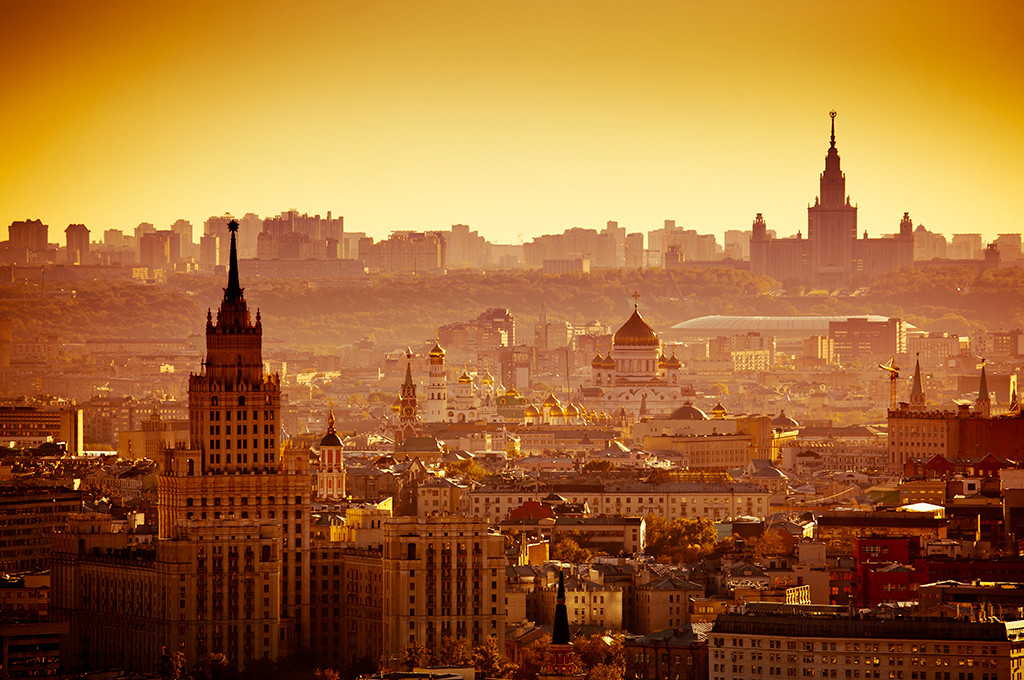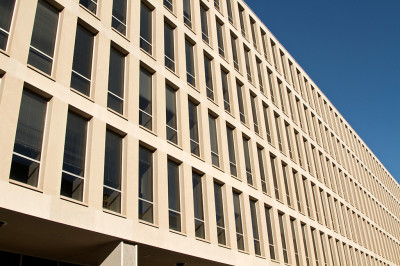In 2015, there will be 11 more shopping and leisure centers in Moscow with a total area of 434,000 square meters of lease property. And in 2016, another 1 million square meters is announced for completion. However, not all centers will be completed, and we expect about 50 percent of total planned gross leasable area (GLA) to enter the market. If developers complete everything according to plan, the 2015-2016 retail year in the Moscow area will follow in the steps of the record-high completions of 2014. But the sharp increase in supply will affect vacancy. While at the end of Q2 2015 average vacancy in professionally operated shopping centers in the capital was estimated at 7 percent, this could increase to 8 percent by the end of 2015.
Plus: Retail spending resurgence in Australia | The changing face of retail in Central and Eastern Europe
On the positive side, the market was not crushed by the crisis but managed to adapt by establishing new playing conditions. Although the base rental rates for various types of retailers are virtually unchanged, owners of operational shopping centers are likely to provide certain benefits, such as waiving index rates for a year or provide discounts for several months. Developers of shopping centers under construction are becoming more flexible in approving terms and conditions. Contracts with tenants that were signed at the initial stages of projects two years ago are now being revised: Rental rate caps and currency corridors are being introduced.
Also: Renaissance of the American shopping mall | The era of the unbrand
Many developers have relied on speculative demand, completing facilities over the past two to three years that do not take into account tenants’ needs and capabilities in terms of scale. Evidently, retailers will be able to get the maximum discount upon signing dollar-denominated contracts and rely on rent holidays, installment payments and the like in the largest shopping and leisure centers that will come to market soon. In the current situation, shopping center owners have to analyze more carefully tenants’ sales to understand what their real revenues are and, in case of problems, provide them with benefits. The practice of charging a percentage of retailers’ sales, which developed after the 2008 crisis, has now become a commonplace incentive. In the past, this approach would increase the profitability of a successful project as an added bonus to the base rate. In the current realities, owners’ income is conversely reduced due to decreased retail sales.
Shops are losing customers. Shopping and leisure center foot traffic declined throughout early 2015, and the customer pool dispersed to newly-opened shopping and leisure centers. The unstable economic and political situation affected retail sales of certain goods: clothes, cosmetics, electronics and household appliances. Some retailers decided to suspend development by reducing market presence. However, the period was a winning one for grocery chains like X5 Retail Group, Magnit, Lenta, Dixie, O’Key and others. Home improvement shops such as Leroy Merlin and Maxidom also saw their sales increase.
We believe that, in the short term, the redistribution of effective visitor traffic in favor of the most successful projects will continue in Moscow and other regions of Russia. Many developers will revise new projects, reducing their scope. In my opinion, the most appropriate size of a shopping and leisure center in Moscow is up to 100,000 square meters, which accommodate 250 to 300 stores. In cities with populations of more than 1 million, shopping and leisure centers with a lease area of 60,000 to 70,000 square meters are in demand, and in the settlements with up to 500,000 inhabitants, it’s 30,000 to 40,000 square meters.
Despite the fact that some retailers will continue to reduce regional development plans in 2015-2016, Moscow remains a priority market for operators, including new international players. Shopping and leisure center owners in Moscow will be forced to compete for tenants’ loyalty, especially those who are able to bear the burden of dollar rates during the crisis.
Nikolay Kazanskiy is Managing Partner of Colliers International in Russia, where he leads a staff for more than 250 professionals and provides strategic guidance of the company’s teams and everyday operations. A member of the Board of Directors for Colliers International in EMEA, Nikolay is focused on reinforcing a successful business model aimed at maintaining client loyalty and developing a corporate culture that promotes the company and strengthens its position in the real estate market.

 Colliers Insights Team
Colliers Insights Team

